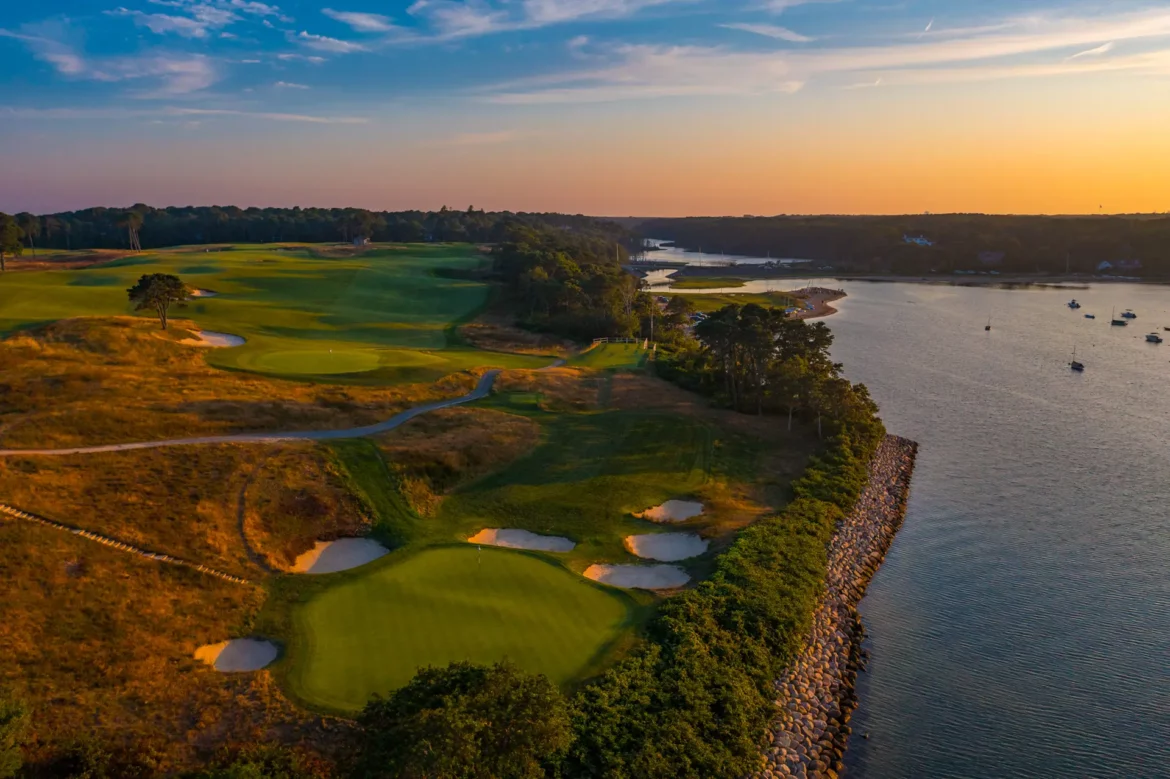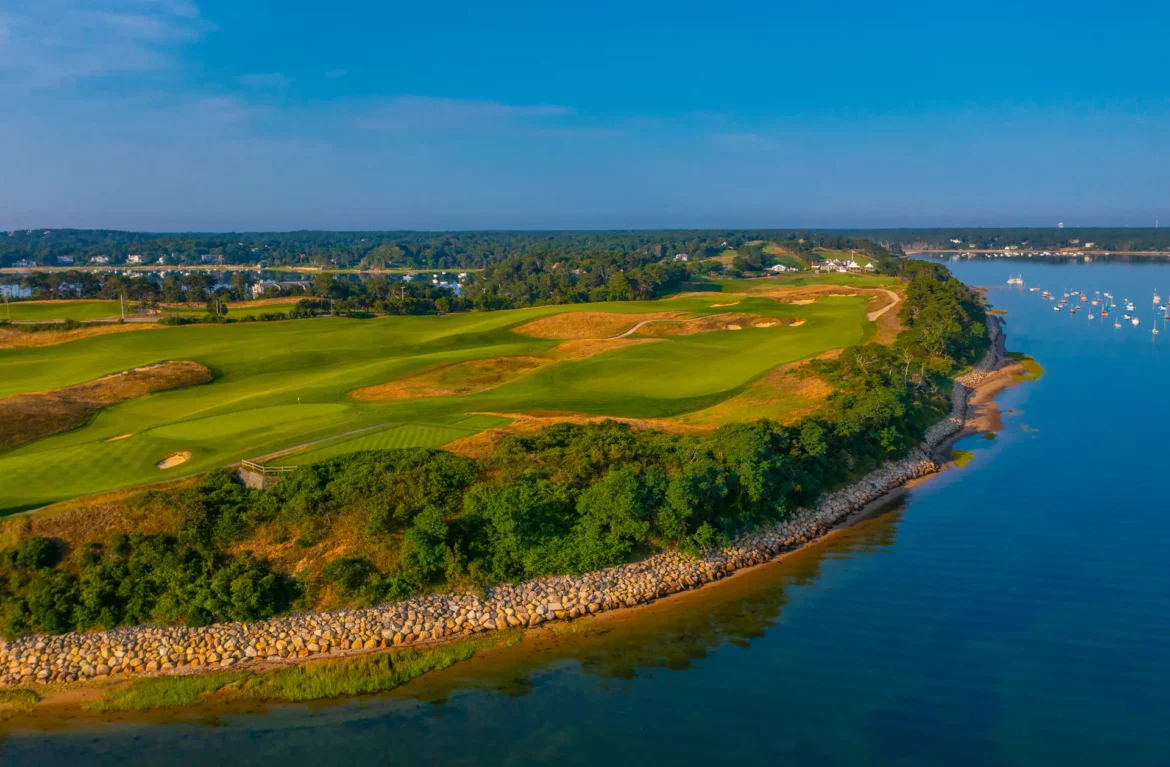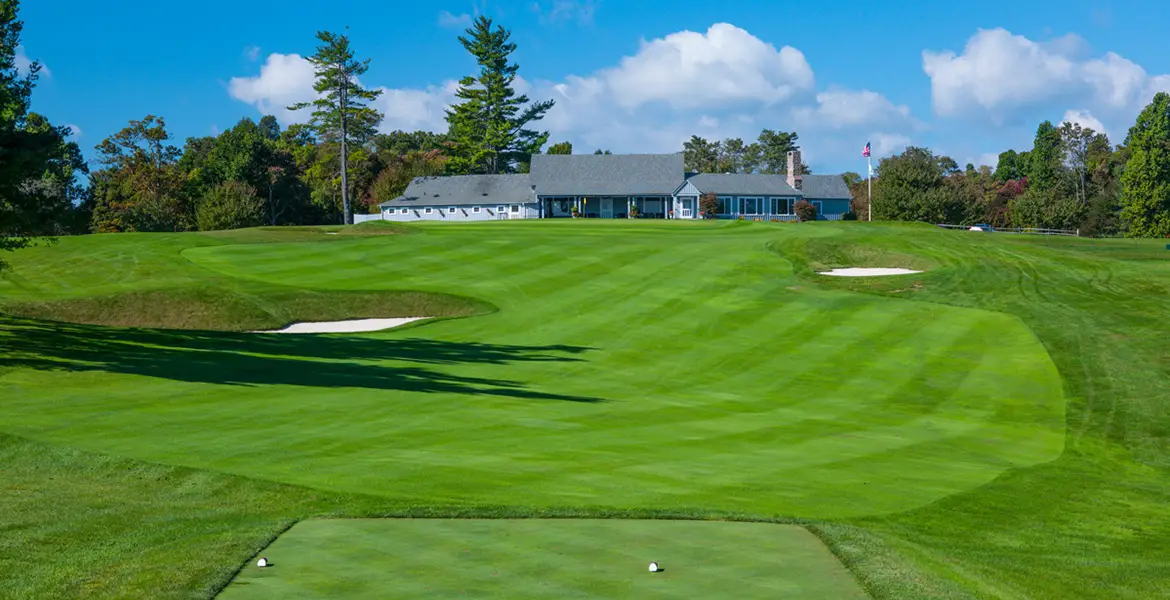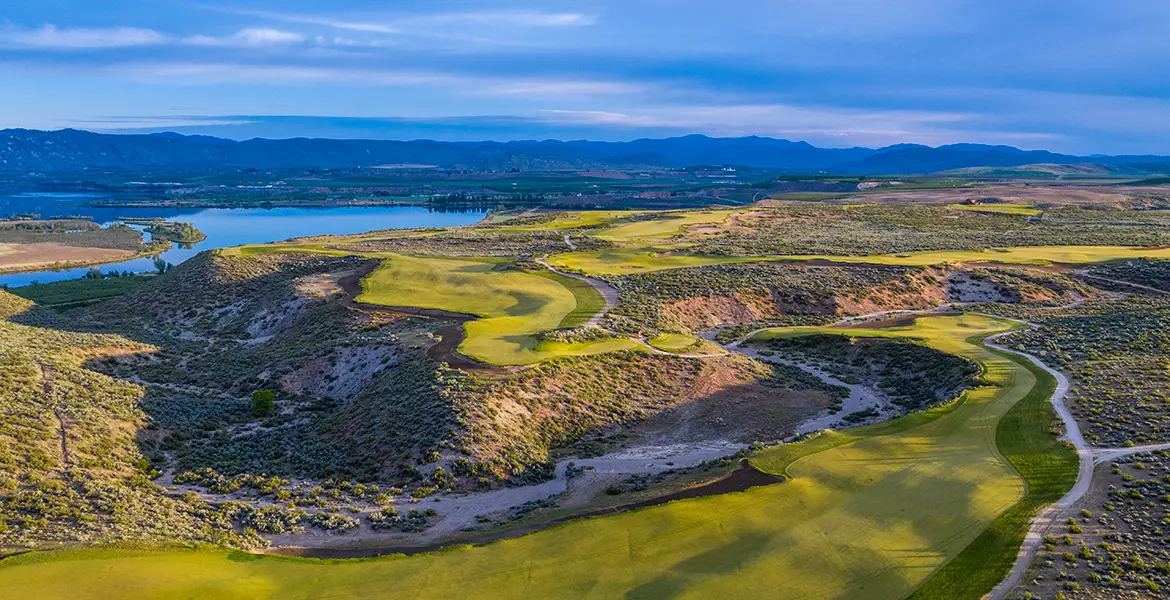Long after a glacier carved out this piece of Cape Cod, one of the game’s lesser-known geniuses laid out a masterpiece upon it
A debt of gratitude is owed by many to the glacier that sculpted the southern Cape Cod peninsula now known as Nickerson Neck: the Monomoyick tribe of Native Americans who thrived there for centuries along the sandy shore of Pleasant Bay; the Nickerson family who settled the area, now part of Chatham, in the 1650s; the Boston businessmen who built a grand hotel on a bluff overlooking the sea. But it’s likely no one’s more grateful than the members of Eastward Ho!, for whom this hilly strip of golf paradise has been home to a Golden Age treasure since 1922.

Originally called Chatham Country Club, its name was changed in recognition of the work its course’s designer, Herbert Fowler, had done at Royal North Devon Golf Club (a.k.a. Westward Ho!) in England. Fowler also designed the two acclaimed heathland courses at Walton Heath in Surrey, and was later called upon to turn Pebble Beach’s 18th hole from a pedestrian par four into the famed three-shotter we know today, fairway trees and all. At Eastward Ho!, the rumpled canvas left to Fowler by that generous glacier couldn’t have been more ideal for golf. No bulldozers were needed—just Fowler’s keen eye and the heaving, natural landforms of that glacial moraine.
Fowler’s routing at Eastward Ho! is a bowtie of two loops of nine, with the sprawling colonial clubhouse sited in the middle. Look one way and you see Pleasant Bay; look the other, a saltwater pond. In between lie 18 of the most tumultuous, exuberant holes in all New England—holes with nary a flat lie to be found and enough elevation change to give you the bends. Your elevator ride begins at the opening hole, a 380-yard par four that, like many holes at Eastward Ho!, plays longer than the scorecard would indicate. Tall fescue frames this uphill, dogleg-left demon-in-disguise, and there are two fairway pot bunkers that must be avoided to have any chance of reaching the steeply sloping green with the approach shot. Far from a gentle handshake, the hole sets the stage for what’s to come: an exercise in tacking your way through fairway swells—and stiff ocean breezes—to fast-running greens where downhill putts are shipwrecks waiting to happen.

Golf course architect and consultant Kyle Franz has been tweaking Eastward Ho! since 2019. His team expects to complete a full-on restoration by this Memorial Day. They’re extending grassing lines and sandy native areas, expanding all 18 greens back to their original sizes to reclaim lost cupping areas, and restoring all the Fowler bunkers while adding some new ones, including one in the 8th fairway that will reinstate an obstacle lost when a Fowler-era mid-fairway tree went down.
Several holes run along the bay, including two of the course’s spellbinding par threes. At the clifftop 4th, any tee shot hit right or long of your target will be swimming with the cod. At the 15th, the bay is just steps from the left edge of the green, which is guarded in front by a quartet of inhospitable bunkers. Franz has added a new tee to this hole, which will extend it 30 yards and obscure part of the green. The home hole, like the 18th at Pebble, parades along the shoreline back up toward the clubhouse. A new back tee will allow it to be played as either a par four or a par five, just as it was in Fowler’s day. The view from the clubhouse terrace of everything that Fowler, Franz, and that glacier bequeathed to Eastward Ho! members is New England golf in all its glory.






